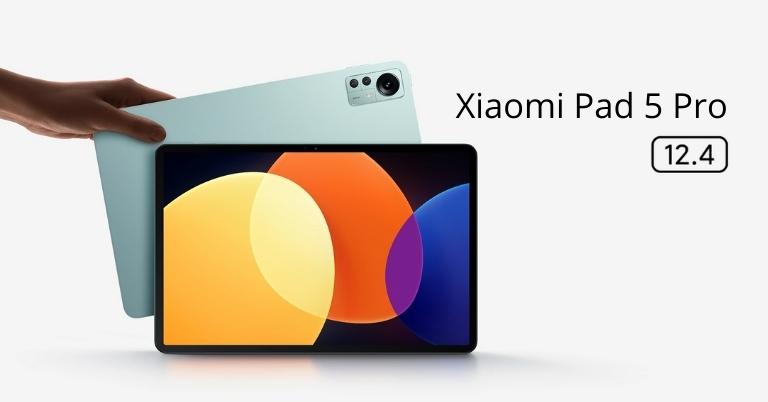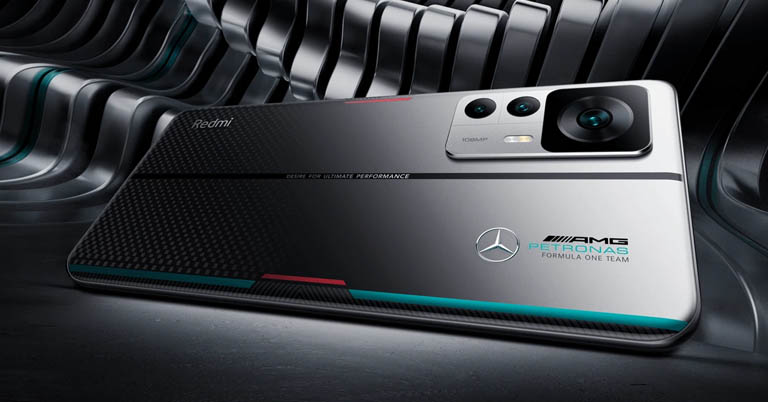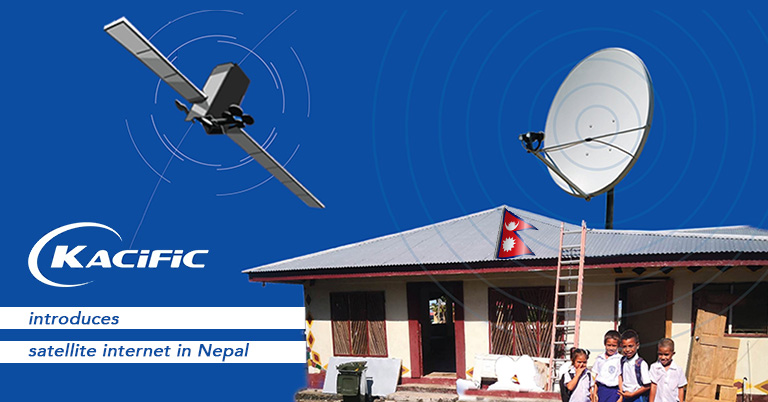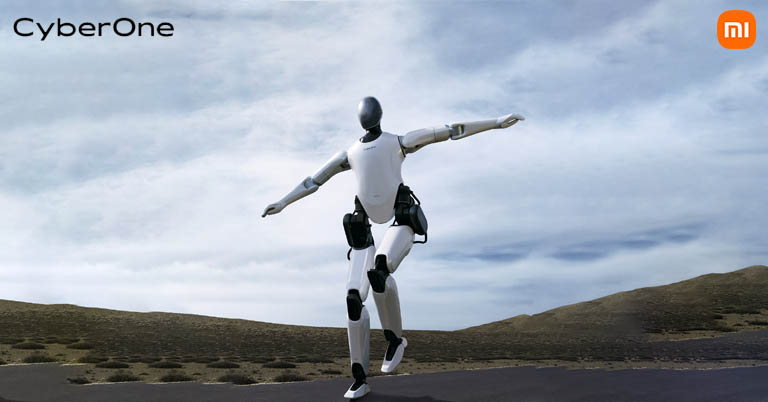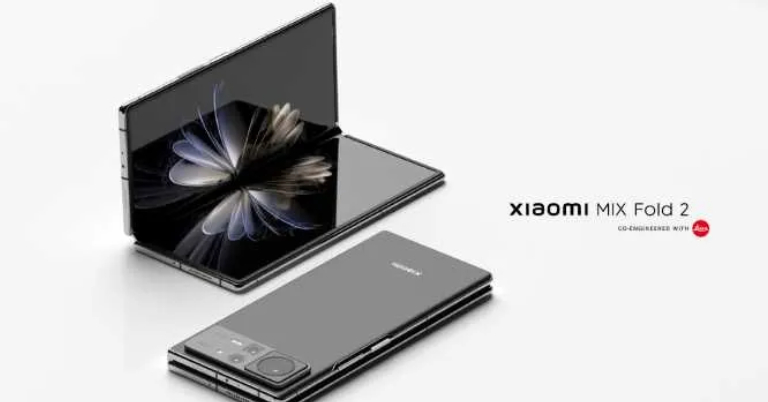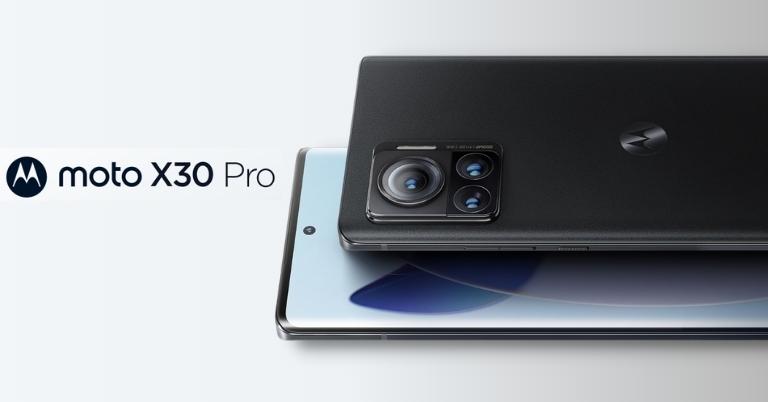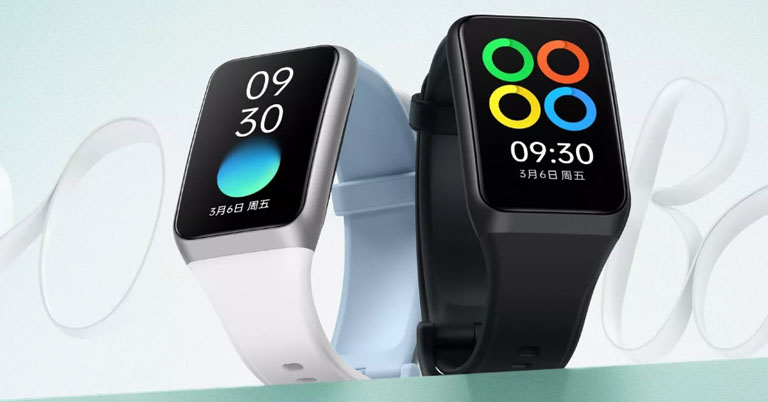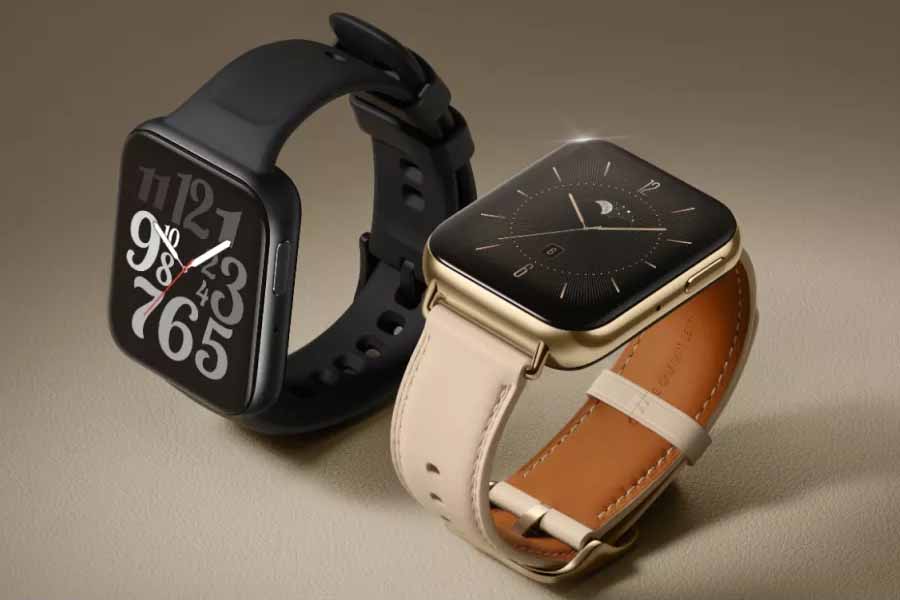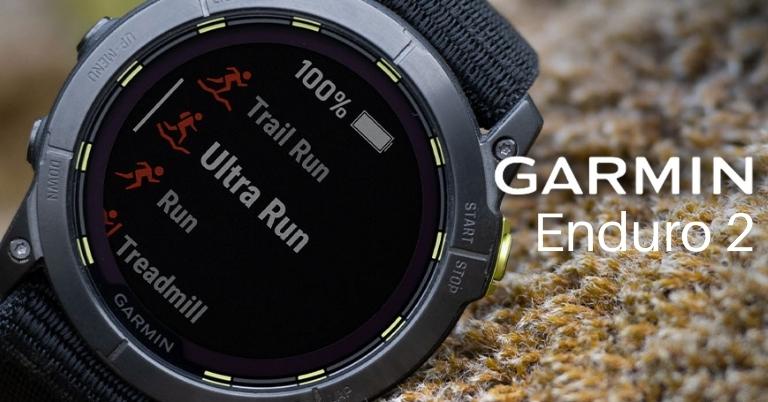Welcome to the eleventh edition of our weekly tech quiz. Take our quiz to put your tech knowledge to the test (no cheating, obviously). There are 15 questions in total, so it shouldn’t take more than 3 minutes. And the questions could be from any field—smartphones, gaming, music, and more. Let’s go!
Xioami Pad 5 Pro 12.4 official with Snapdragon 870, 50MP cameras
Xiaomi Pad 5 Pro 12.4 is the latest addition to the brand’s popular Pad 5 lineup. In this article, we will take a look at the specifications, features, expected price, and availability of the Xiaomi Pad 5 Pro 12.4 in Nepal.
Xiaomi Pad 5 Pro 12.4 Overview:
Design and Display
The Xiaomi Pad 5 Pro 12.4 comes with quite a few design changes. The rear camera module has been redesigned to look a lot like the ones on Xioami 12 series phones. The company also provides new color options: Black, Silver, and Green.

Over on the front, the bezels are thinner and the display size is bumped to 12.4 inches. However, the display specs are fairly similar with a 120Hz refresh rate, 2.5K resolution, HDR 10 support, and Dolby Vision certification.
Performance and Memory
The performance on the new 12.4-inch Pad 5 Pro is handled by the Snapdragon 870. It is the same processor as the 11-inch Pad 5. Thus, we can expect similar performance from the tablet.
For this iteration, Xiaomi has paired the processor with up to 512GB of internal storage and up to 12GB of RAM. Furthermore, it runs MIUI Pad 13 based on Android 12 which offers additional functionality for better screen-state utilization and multitasking.
- Also Read:
Camera
For optics, Xiaomi has fitted the slate with a 50MP primary shooter and a 2MP depth sensor. Over on the front, it packs a 20MP selfie camera.
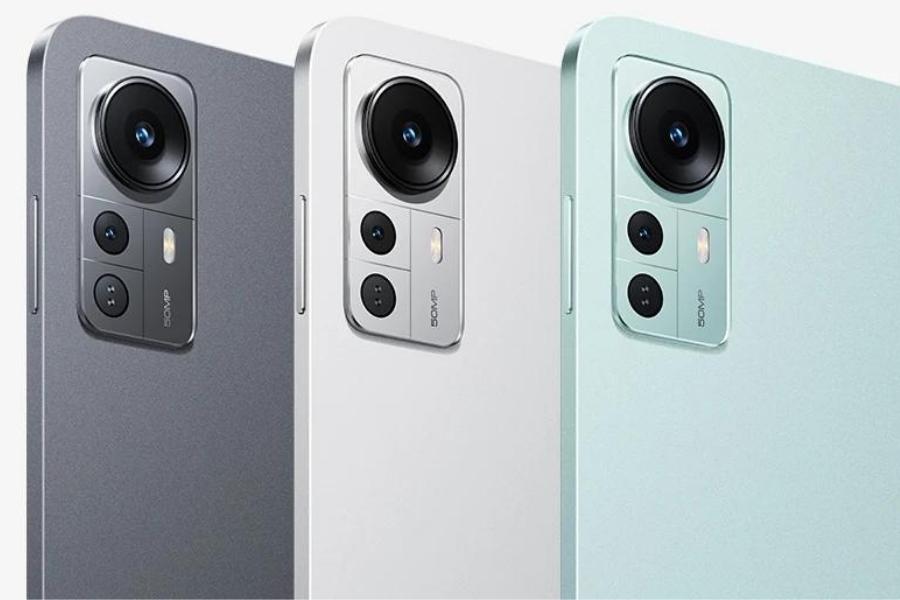
Rest of the specs
The tablet has a 10,000mAh battery with support for 67W fast charging. According to the company, it can charge fully in under 68 minutes.
For an immersive audio experience, the Pad 5 Pro 12.4 flaunts a quad-speaker system and two microphones. It also supports Xiaomi’s stylus and keyboard attachment.
Xiaomi Pad 5 Pro 12.4 Specifications:
- Dimension: 284.9 x 185.2 x 6.66 mm, 620g
- Display: 12.4″ IPS LCD, 120Hz refresh rate, 240Hz sampling rate, HDR10, Dolby Vision, 500 nits (typical) brightness
- Resolution: WQHD+ (1600 x 2560 pixels), 244 PPI
- Rear Camera: 50MP primary + 2MP depth
- Front Camera: 20MP
- Processor: Snapdragon 870 5G
- Memory: 6/8/12GB RAM, 128/256/512GB UFS 3.1 storage
- OS: MIUI Pad 13 on Android 12
- Battery: 10,000mAh, 67W Fast Charging
- Audio: Quad speakers with Dolby Atmos
- Color Options: Black, Silver, Green
Xiaomi Pad 5 Pro 12.4 Price in Nepal and Availability
The Xiaomi Pad 5 Pro 12.4 is currently available only in China. The price for the base 8/128GB variant is set at CNY 2,799 and goes all the way up to CNY 3,999 for the CNY 3,999 variant. We expect the Xiaomi Pad 5 Pro 12.4 to start at NPR 59,999 if it launches in Nepal.
| Xiaomi Pad 5 Pro 12.4 | Price in China | Price in Nepal (Expected) |
| 6/128GB | CNY 2,799 | NPR 59,999 |
| 8/256GB | CNY 3,299 | NPR 69,999 |
| 12/512GB | CNY 3,999 | NPR 85,599 |
- Meanwhile, check out our review of the Xiaomi Pad 5.
Redmi K50 Ultra goes official with Snapdragon 8+ Gen 1, 120W fast charging
Yesterday, Xiaomi announced the newest member of its K-series, the Redmi K50 Ultra. The Snapdragon 8+ Gen 1 inside makes it the most powerful phone in the series. So, let’s walk through the specs, features, expected price, and availability of the Redmi K50 Ultra in Nepal.
Redmi K50 Ultra Overview:
Performance
The new K50 Ultra is the first, and so far, the only Redmi phone to be powered by the Snapdragon 8+ Gen 1 chip. This makes it even more powerful than the K50 Gaming Edition with the standard Qualcomm Snapdragon 8 Gen 1.
The new SoC is based on TSMC’s 4nm process node, resulting in a 30% increased power efficiency. In addition, the Plus variant of the Snapdragon 8 Gen 1 boasts 10% gains in CPU and GPU as well as a 20% improvement in AI capability.
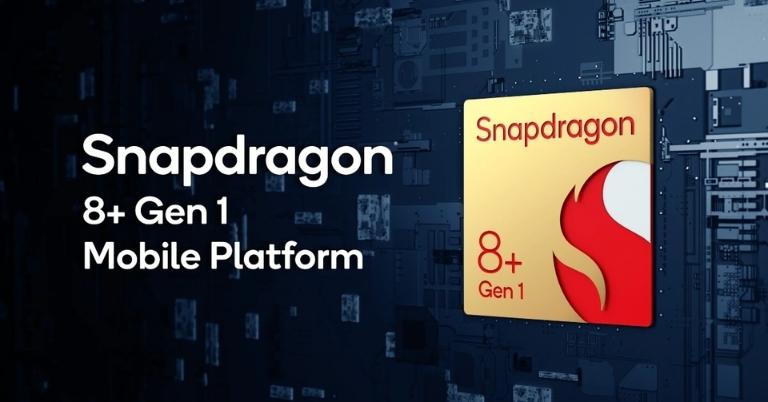
Xiaomi has paired the chip with a vapor chamber covering an area of 3,723 sq mm. On the software side, Xiaomi’s FEAS 2.1 technology on the Redmi K50 Ultra promises stable fps during games, even promising 120fps on games like Honor of Kings.
Design and Display
Redmi K50 Ultra stands out among other K50 models because of the design. Xiaomi has based the phone’s design around the Xiaomi 12 and 12S. And it’s clear from the rectangular camera bump at the back. Xiaomi offers the phone in three color options: Black, Silver, and Black.
Furthermore, there is even a special “Mercedes-AMG PETRONAS Formula One Team Summer Edition” limited to 20,000 units.

Over on the front, the Redmi K50 Ultra sports a 6.67-inches OLED screen with a resolution of 2712 x 1220 pixels. Xiaomi claims that the power consumption of this 1.5K screen is in close approximation to a normal FHD screen. Redmi K50 Ultra’s screen refreshes at 120Hz and boasts 480Hz touch sampling rate
It’s a 12-bit screen with DCI-P3 coverage and support of HDR (HDR10+, Dolby Vision, and Adaptive HDR).
- Also Read:
Camera
The center-aligned punch-hole of the Redmi K50 Ultra encloses the 20MP Sony IMX596 selfie camera. It can capture 1080p videos and has advanced features like screen fill light and voice control photo. Over on the back, we get a triple camera setup consisting of a 108MP primary, 8MP ultra-wide, and a 2MP macro sensor.
The 108MP camera in question utilizes Samsung’s ISOCELL HM6 sensor. It even has Optical Image Stabilization (OIS) and can record 4K videos.
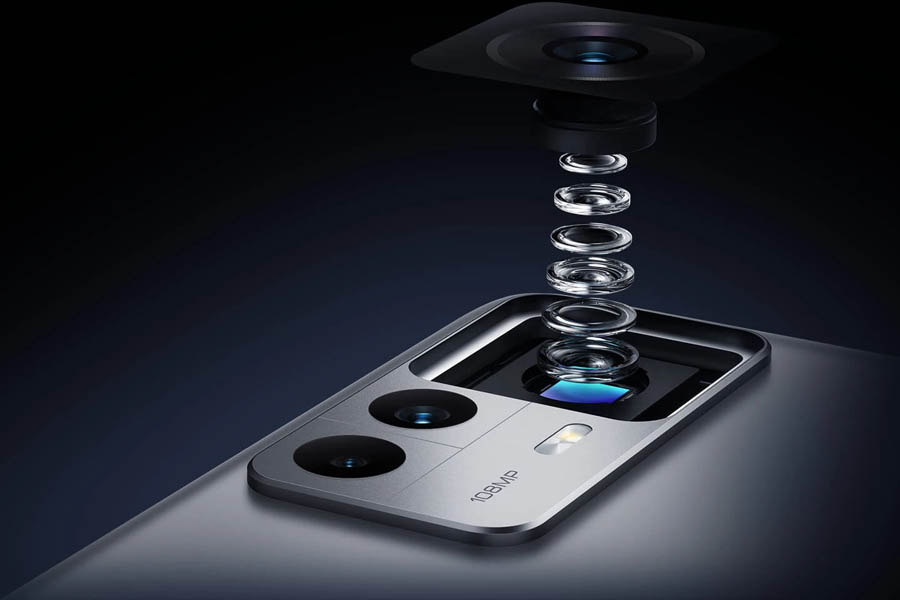
Rest of the Specs
Fueling this whole setup is a 5,000mAh lithium-ion battery. Using Xiaomi’s proprietary charging technology, the Redmi K50 Ultra can attain charging speeds of up to 120W. In addition, the phone is also compatible with Qualcomm’s Quick Charge 3+ and Power Delivery 3.0 chargers.
Redmi K50 Ultra has an in-display fingerprint scanner that can also record your heart rate. There is a stereo speaker but no headphone jack. As for wireless connectivity, the phone has dual-5G standby, Wi-Fi 6E, and NFC.
Redmi K50 Ultra Specifications:
- Body: 75.9 x 163.1 x 8.6mm, 202 gm
- Display: 6.67-inch AMOLED, 120Hz refresh rate, 480Hz touch sampling rate, 12-bit display, HDR10+, DCI-P3
- Resolution: 1.5K (2712 x 1220 pixels)
- Chipset: Snapdragon 8+ Gen 1 (4nm)
- Memory: 8/12GB LPDDR5 RAM, 128/256/512GB UFS 3.1 storage (fixed)
- Software & UI: Android 12 with MIUI 13
- Rear Camera: Triple (w/ flicker sensor, LED flash);
– 108MP Samsung ISOCELL HM6 (OIS)
– 8MP ultra-wide camera
– 2MP f/2.4 macro camera - Front Camera: 20MP Sony IMX596 (punch-hole)
- Audio: Stereo Speakers
- Security: In-display mounted fingerprint sensor, Face unlock
- Sensors: Accelerometer, 360º Ambient Light, Proximity, Gyroscope, Electronic Compass, IR Blaster
- Battery: 5000mAh with 120W fast charging
Redmi K50 Ultra Price in Nepal and Availability
Xiaomi has scheduled the first sale of the Redmi K50 Ultra in China on August 16. Prices start at CNY 2,999 for the 8/128GB variant. We expect the price to start at NPR if Xiaomi launches the Redmi K50 Ultra in Nepal.
| Redmi K50 Ultra | Price in China (Official) | Price in Nepal (Expected) |
| 8/128GB | CNY 2,999 | NPR 60,000 |
| 8/256GB | CNY 3,299 | NPR 66,000 |
| 12/256GB | CNY 3,599 | NPR 72,000 |
| 12/512GB | CNY 3,999 | NPR 80,000 |
| 12/512GB (Mercedes-AMG Petronas F1 Edition) | CNY 4,199 | NPR 85,000 |
Meanwhile, check out our review of the Poco F4 GT.
Kacific and Space Link officially inaugurate broadband satellite internet service in Nepal
Kacific Satellites, in collaboration with Space Link and Everest Link, has officially inaugurated its Ka-band-based broadband satellite internet service in Nepal. At the launch event held yesterday in Kathmandu, the company officially kicked off its operation in Nepal.
What is satellite internet?
Unlike your typical fiber-based or wireless internet, satellite internet is a bit different. Simply put, its entire process starts with an ISP (Internet Service Provider) sending a geostationary satellite into space that orbits the Earth. The satellite is responsible for transmitting signals to and from the end-user and the “Earth Station”.
Here, the Earth station (or ground station, or gateway) is essentially what delivers internet radio signals to the satellite, which it then forwards to the local modem.
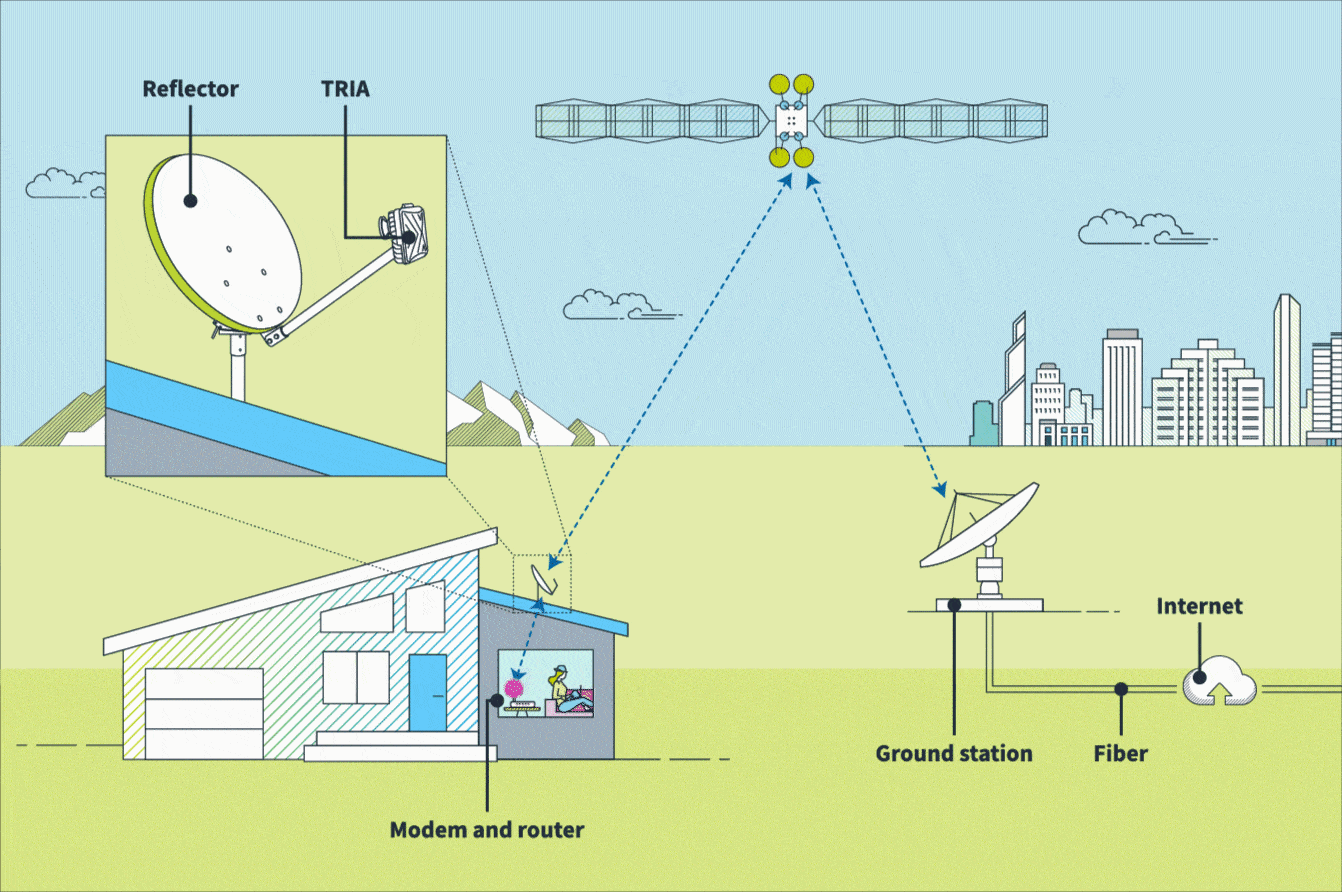
And to receive signals sent by satellite, a receiver dish or a VSAT (Very Small Aperture Terminal) antenna is installed at a location with a clear view of the sky. That’s quite the oversimplification, but I hope you get the idea.
- Also Read:
This is mostly ideal for rural or some geologically complex areas where fiber or dial-up internet is inaccessible. That unavailability may be due to the complicated logistics to expand fiber services, unfavorable economies of scale, or some other reasons entirely.
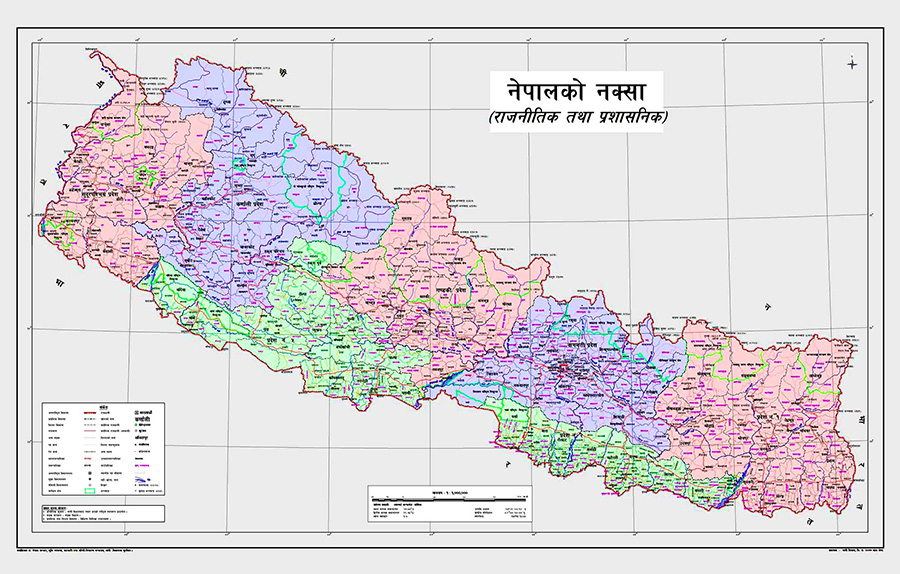
Regardless, the arrival of satellite internet service in Nepal is quite a significant achievement. That’s because now, the digitally unserved or underserved communities of the country—especially the Himalayan region—will finally have access to the wonders of the internet.
What is Kacific Satellites?
Kacific Satellites is a global broadband satellite operator that currently serves a total of 25 countries in South East Asia and the Pacific territory through 56 satellite spot beams. It is also the largest Ka-band operator in the said region. The company launched its first Ka-band geostationary high throughput satellite (HTS) in December 2019, called “Kacific1”.
Ka-band (or KA band, or Kₐ band, or K-above) defines frequencies in the range of 26.5 – 40 GHz that are used for satellite communication. Here in Nepal, NTA (Nepal Telecommunications Authority) approved the use of the Ka-band spectrum (19.7 – 21.2 GHz downlink, 29.5 – 31 GHz uplink) for satellite internet in March 2021.

So with the foundation set, Kacific Satellites has been testing on setting up a Ka-band terminal in Nepal for quite some time now. But mind you that an international satellite internet provider can’t directly offer its services to the end-user. According to the existing Nepali regulation, it has to route through an NSP (Network Service Provider) and an ISP (Internet Service Provider).
The legal route
In this case, Space Link (NSP) acquired the license for the use of the Ka-band spectrum in March of last year. And to offer Kacific’s satellite internet services in Nepal, it has teamed up with Everest Link (ISP) since a licensed NSP isn’t allowed to provide internet services to the end customer either.
However, Kacific clarified that other ISP or NSPs could also collaborate with the company to extend its services in Nepal if required.
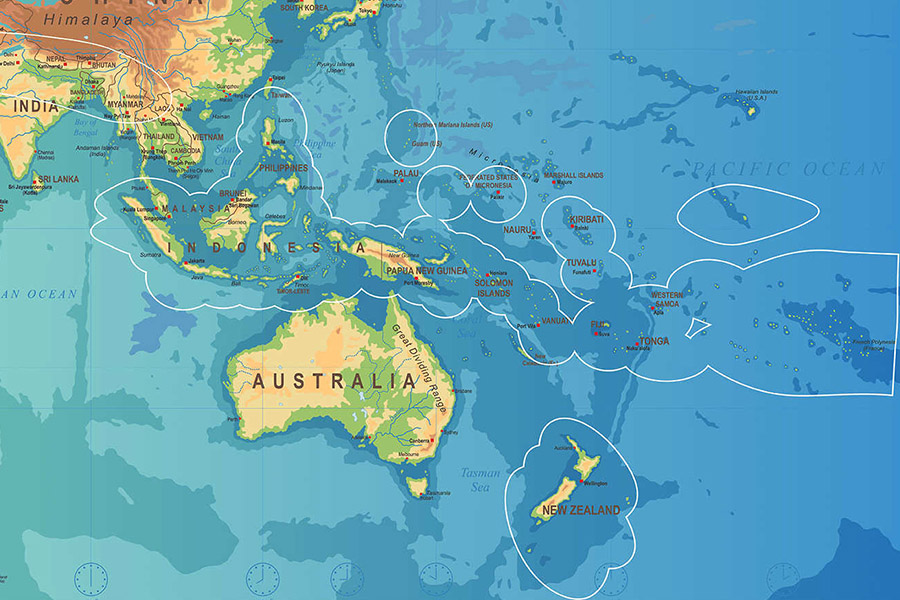
And in December 2021, the company successfully tested a Ka-band terminal in Nepal where it achieved 80 Mbps download and 16 Mbps upload speed. The company has since completed the final stages of testing, and has thus commercially rolled out its services in Nepal. Kacific also conducted a live video feed demo and speed test demo of the Gigstarter 10 User plan during the event, with the following results:
- Download: 59.79 Mbps
- Upload: 9.28 Mbps
- Ping: 659 ms
What’s it gonna cost?
Brace yourselves. While satellite internet’s accessibility is no match for fiber-based internet, that does come at a price. Quite literally. Space Link currently has the following seven subscription tiers for its satellite internet services in Nepal:
| Download speed | Upload speed | Monthly cost | One-time terminal fee | |
| Gigstarter | ||||
| Simple | 3 Mbps | 3 Mbps | Rs. 17,610 | Rs. 88,140 |
| Everyday | 15 Mbps | 10 Mbps | Rs. 25,415 | |
| 4 User | 30 Mbps | 10 Mbps | Rs. 31,950 | |
| 7 User | 50 Mbps | 15 Mbps | Rs. 75,034 | Rs. 159,100 Rs. 88,140 (offer price) |
| 10 User | 60 Mbps | 20 Mbps | Rs. 108,921 | |
| 25 User | 70 Mbps | 20 Mbps | Rs. 278,353 | |
| 60 User | 100 Mbps | 20 Mbps | Rs. 550,655 | Free |
Note: The aforementioned prices are inclusive of VAT. FUP is applicable to all plans.
Apart from the monthly fee, its one-time installation cost is quite staggering too. The 1.2 meters satellite dish alone costs Rs. 88,140 for the Simple to 4 User plan. While the VSAT terminal is free of charge on the top-end Gigstarter 60 User package, it costs Rs. 159,100 for the remaining plans. But the company is currently offering it for Rs. 88,140.
According to Kacific, this discounted rate will be applicable to a handful of customers on a first-come-first-serve basis. Then there’s the charge for the MDM2010 satellite modem, whereas transportation and other tertiary costs are to be incurred by the end customer too.
- Also Read:
Likewise, the satellite dish is also non-returnable. You do get a 1-year warranty but that’s it. That means, in case you’re unsatisfied with the service, you can’t return the dish and get a refund. Kacific did mention that a buyback program of sorts was being discussed internally, but we have no way to tell if and when that program will actually come into action as of now.
Kacific satellite internet in Nepal: Final words
So it’s pretty clear that satellite internet service from Kacific and Space Link is out of reach of many Nepali households. Instead, it’s mostly suited for government offices, hospitals, communities, corporations and business houses, and such. Then again, satellite internet (by its very nature) is expensive compared to fiber or dial-up internet. To minimize the cost burden to a certain degree, one can enroll in the Kacific Authorized Distributor (KAD) program.
This is basically a referral program where individuals or businesses can earn up to Rs. 45,000 by signing up a new customer. But their responsibility also includes installing network equipment to the customer’s location and making sure that the customer renews their subscription.
Despite all this, Kacific has finally enabled high-speed internet services to the remote, geographically challenged region of Nepal. According to NTA’s latest MIS report (April – May 2022), the internet penetration rate in Nepal is abysmally low at just 38%. Even though 93% of the population are covered by cellular network.
So satellite internet is a crucial infrastructure to introduce internet to remote areas of the country. Not just this, it can also play a critical role in terms of establishing communication during natural disasters like earthquakes, landslides, and floods. Kacific also offers enterprise backup solutions where financial institutions, hospitals, etc. can switch to satellite internet for immediate connection in case their existing fiber-based network fails.
- Meanwhile, check out our picks for the best mid-range smartwatches
CyberOne is Xiaomi’s first full-sized humanoid robot, and it looks pretty cool
Xiaomi no longer remains a smartphone company as it has been aggressively diversifying its portfolio. From robotics to electric vehicles, the corporation has been attempting to dominate the industry in every manner conceivable. In the meantime, Xiaomi yesterday followed its foldable event with the announcement of CyberOne, a humanoid robot.
Xiaomi CyberOne Overview:
This isn’t the first time Xiaomi has released a robotic device. Last year, it released the CyberDog, which, as our intuition suggests, is where the moniker for its humanoid robot comes from.
On the surface, the CyberOne looks far behind what Boston Dynamics’ Atlas robot can do. The latter has mastered mobility and parkour abilities and can outperform the CyberOne many times more.
I was both nervous and thrilled to interact with him on stage. What did you think of his performance tonight? #CyberOne pic.twitter.com/Je1eXDYEGR
— leijun (@leijun) August 11, 2022
However, Xiaomi’s CyberOne was an intriguing showcase. It is a full-size bionic robot, standing 177cm tall and weighing 52 kg. Probably because of the metal suit it is wearing, the company nicknamed it “Metal Bro” (luckily not Iron Man) and even gave it the zodiac sign of Leo. Quite unusual yet interesting!

Anyways the robot’s face is a curved OLED display that allows it to observe the world in 3D. You could have spotted the bot conversing with the company’s founder, Lei Jun, at the event. So to enable it Xiaomi has fitted two microphones inside the robot’s body. And it gains mobility thanks to Xiaomi’s self-developed algorithm, which can coordinate the movement of 21 joints.
Xiaomi says these sophisticated mechanisms and artificial intelligence to learn these skills were developed by the company’s specialized Robot labs. The conglomerate has substantially invested in R&D in a variety of sectors, including software, hardware, and algorithm innovation.
As a result, Xiaomi is making a number of claims, including the ability to distinguish 85 environmental semantics and comprehend 45 human semantic emotions. Xiaomi notes:
Humanoid robots rely on vision to process their surroundings. Equipped with a self-developed Mi-Sense depth vision module and combined with an AI interaction algorithm, CyberOne is capable of perceiving 3D space, as well as recognizing individuals, gestures, and expressions, allowing it to not only see but to process its environment. In order to communicate with the world, CyberOne is equipped with a self-developed MiAI environment semantics recognition engine and a MiAI vocal emotion identification engine, enabling it to recognize 85 types of environmental sounds and 45 classifications of human emotion. CyberOne is able to detect happiness, and even comfort the user in times of sadness. All of these features are integrated into CyberOne’s processing units, which are paired with a curved OLED module to display real-time interactive information.
Xiaomi’s forerunner
CyberOne is a first-generation humanoid robot from Xiaomi, and most of its aspects have yet to be explored. However, it has surpassed Tesla’s humanoid robot, which Elon Musk announced last year. Working is probably preferable to simply talking.
All of this indicates that CyberOne is not yet ready for commercialization purposes. However, it is projected to cost between 600,000 and 700,000 yuan (about $89,100 and $104,000).
- Meanwhile, check out our long-term review of the Samsung Galaxy Z Fold 4.
Xiaomi launches its second-gen folding smartphone with Leica partnership
It’s foldable everywhere! Hot on the heels of Samsung and Motorola announcing their latest fold phones, Xiaomi is having its own foldable reveal party today. The company has launched its new Mix Fold 2 smartphone in China. So let’s have a look at the specs, features, availability, and expected price of the Xiaomi Mix Fold 2 in Nepal.
Xiaomi Mix Fold 2 Overview:
Design
The most noticeable change in this year’s foldable from Xiaomi is its slimmer body. When unfolded, the Mix Fold 2 is only 5.4mm thick, making it the world’s thinnest foldable to date. In comparison, the newly released Samsung Galaxy Z Fold 4 is 6.3mm thick, while Xiaomi’s first-generation Fold is nearly 7.62mm thick.
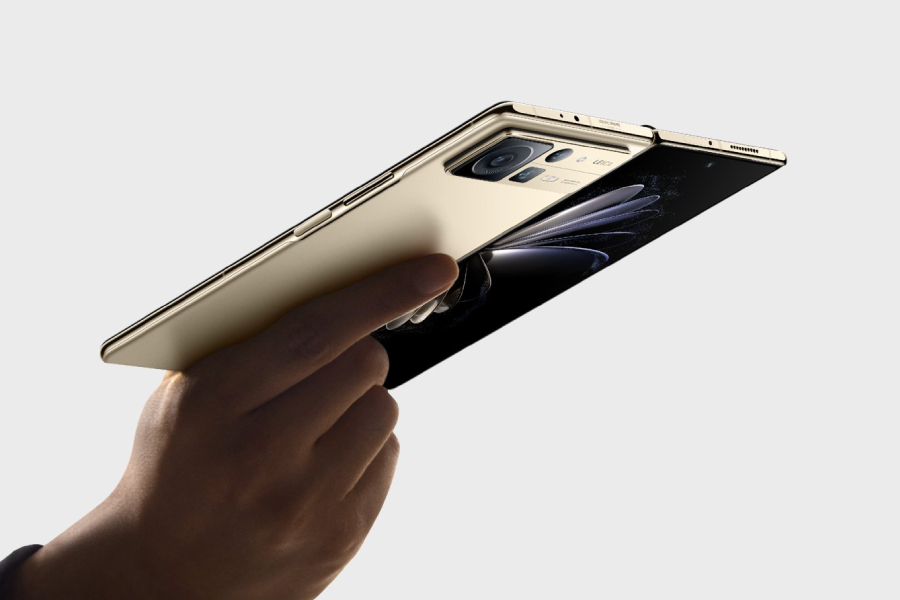
Moreover, the Fold 2 is 55 grams lighter than its predecessor and weighs 262 grams. Xiaomi has also made changes to the device’s hinge. The Fold 2 now boasts an independently designed water-drop style hinge as opposed to the U-shaped hinge on the first-gen Mix Fold.
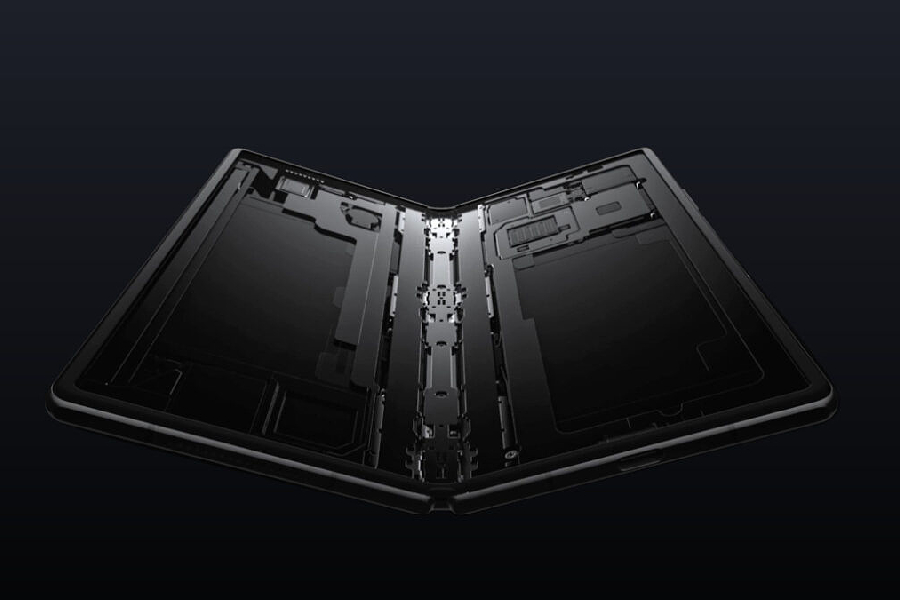
As a result, the crease on the main display is less noticeable now. For starters, a similar waterdrop hinge is already in use in the Oppo Find N.
Display
In terms of display, the MIX Fold 2 has a 6.56-inch E5 AMOLED panel with a 21:9 aspect ratio. Support for Dolby Vision, HDR10 +, 120 Hz frame rate and brightness up to 1000 nits are also included.
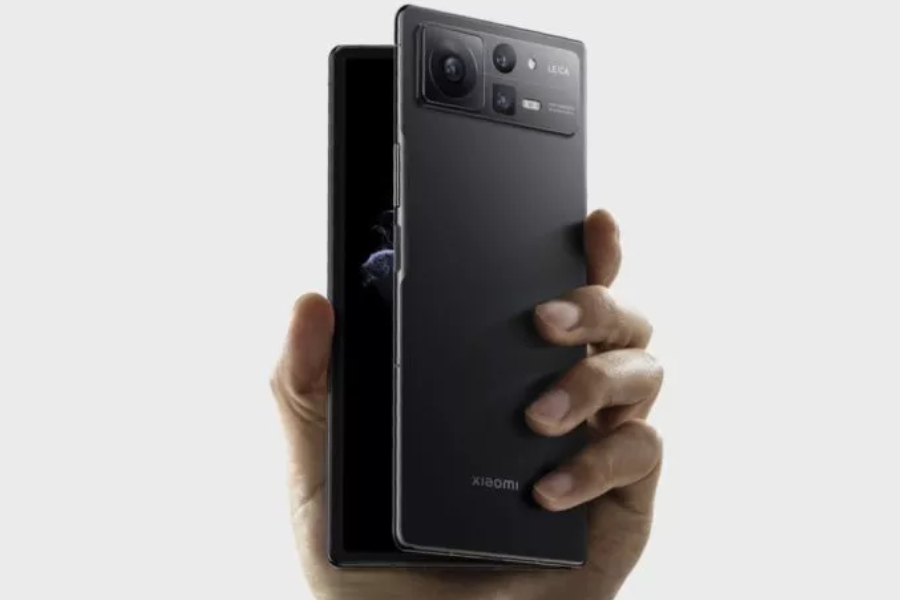
The internal screen has a size of 8.02 inches, a resolution of 2K, and again a 120Hz refresh rate, but this time with LTPO 2.0 technology. The latter will allow the screen to hover its refresh rate from 1Hz to 120Hz based on the content on the screen. Likewise, the screen covers the DCI-P3 color space and has a brightness of up to 1000 nits (peak up to 1300 nits).
Moreover, according to Xiaomi, the main screen is made of Eco-OLED POL-LESS material, which consumes 25% less power and delivers 33% better light transmission. Surprisingly, its usage eliminated the need for a polarizer layer on the screen. There is simply an Ultra Thin Glass (UTG) above the display, which is only 0.03 mm thick and 2.25 times more durable. The smartphone also has a 360-degree light sensor and up to 16,000 levels of automated backlight brightness adjustment.
Performance
Furthermore, the Mix Fold 2 is the fourth foldable to launch with a Snapdragon 8+ Gen 1 CPU in less than 24 hours. To keep the thermals under control, Fold 2 is equipped with a multi-layered heat dissipation system. It comprises a sheet of graphene with an area of 3715.8 mm2 and a vapor chamber with an area of 2520.2 mm2.
Munch like Samsung and Motorola, Xiaomi is introducing neat software tricks on its foldable with the new MIUI Fold 13. The UI includes a bottom bar with a row of applications for easy access. The brand also claims that over 4,000 of the most popular apps have been modified to adapt to this screen real estate..
Camera
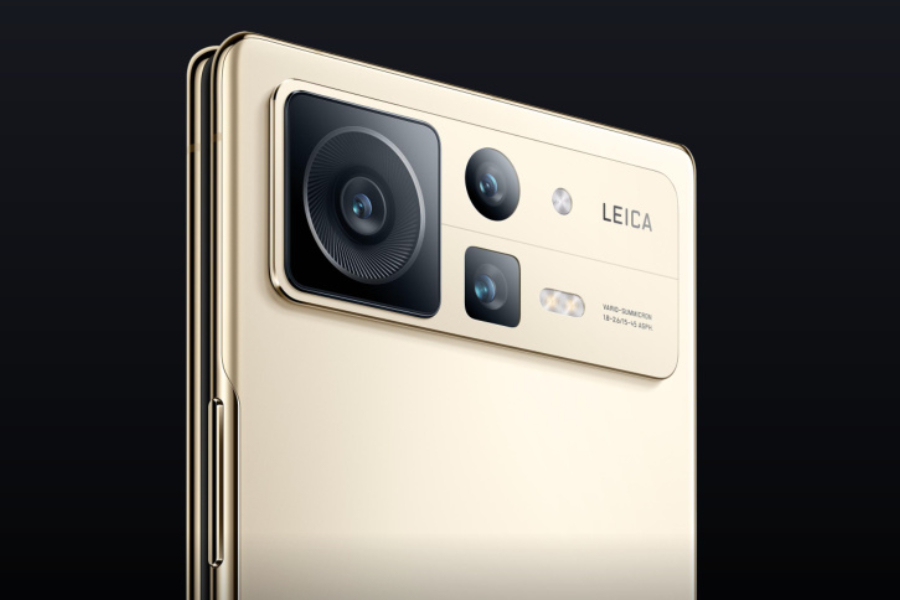
The Mix Fold 2’s camera hardware includes a Leica-tuned triple sensor setup positioned in a horizontal hump at the back. The primary improvement here is the use of the 50MP Sony IMX766 in the main camera module. Accompanying this is a 13MP ultrawide and an 8MP 2x telephoto shooter. On the other hand, there’s no camera sensor on the main as well as the cover display.
Rest of the specs
Xiaomi MIX Fold 2 comes with a 4500mAh battery and supports 67W wired fast charging. It can charge a smartphone to 38% in 10 minutes and 100% in 40 minutes.
Xiaomi Mix Fold 2 Specifications:
- Display:
- Cover: 6.56″ AMOLED, 120Hz, 1000 nits, HDR 10+, Dolby Vision, Gorilla Glass Victus
- Main: 8.02″ ECO-OLED, 120Hz (LTPO 2.0), 1300 nits, DCI-P3, UTG
- Resolution:
- Cover: FHD+ (2320 x 1080 pixels), 21:9 aspect ratio
- Main: 2K (2160 x 1914 pixels)
- Chipset: Qualcomm Snapdragon 8+ Gen 1 5G (4nm Mobile Platform)
- CPU: Octa-core:
– 1x Cortex-X2 (3.19 GHz)
– 3x Cortex-A710 (2.75 GHz)
– 4x Cortex-A510 (1.80 GHz) - GPU: Adreno 730
- Memory: 12GB LPDDR5 RAM, 256/512GB/1TB UFS 3.1 storage
- Software & UI: Android 12 with MIUI Fold 13 on top
- Rear Camera: Triple (with LED flash);
– Primary: 50MP f/1.8 Sony IMX766, OIS
– Ultrawide: 13MP f/2.4
– Telephoto: 8MP f/2.6, 2x optical zoom, Dual PD focusing - Selfie Camera: N/A
- Battery: 4500mAh battery with 67W wired charging
Xiaomi Mix Fold 2 Price in Nepal and Availability
The Mix Fold 2 will go on sale in China at a starting price of CNY 8999 for the base 12GB+256GB variant. The higher-end 12GB+512GB and 12GB+1TB variants will set you back CNY 9,999 and CNY 11,999, respectively. We expect the price of Xiaomi Mix Fold 2 to start at NPR 180,000 if it makes its way to Nepal.
| Xiaomi Mix Fold 2 | Price in China | Price in Nepal (Expected) |
| 12/256GB | CNY 8,999 | 180,000 |
| 12/512GB | CNY 9,999 | NPR 190,000 |
| 12GB, 1TB | CNY 11,999 | NPR 235,000 |
- Meanwhile, go through our a year-long review of the Samsung Galaxy Z Fold 4.
Motorola Moto X30 Pro launched as world’s first 200MP camera smartphone
Motorola launched the world’s first smartphone with a 200MP camera dubbed the Moto X30 Pro. The same event also introduced the world to the refreshed Razr 2022 foldable. Here, we will go through the Motorola Moto X30 Pro and its specs, features, availability, and price in Nepal.
Motorola Moto X30 Pro Overview:
Massive 200MP Primary Camera
The main highlight of the Moto X30 Pro is, no doubt, its camera. The phone is the first commercial product with Samsung’s 200MP ISOCELL HP1 sensor, which the company announced last year.
Motorola previously shared the first photos from X30 Pro’s 200MP sensor on Weibo, a Chinese microblogging site. The company even briefed that the 200MP camera will take 50MP photos natively with 4-in-1 pixel binning.
It is a different approach than the 108MP cameras on current mainstream flagships that utilize nona-binning (9-in-1). Motorola even claimed that HP 1’s 4-in-1 binning is superior to the 9-in-1 binning on other phones.
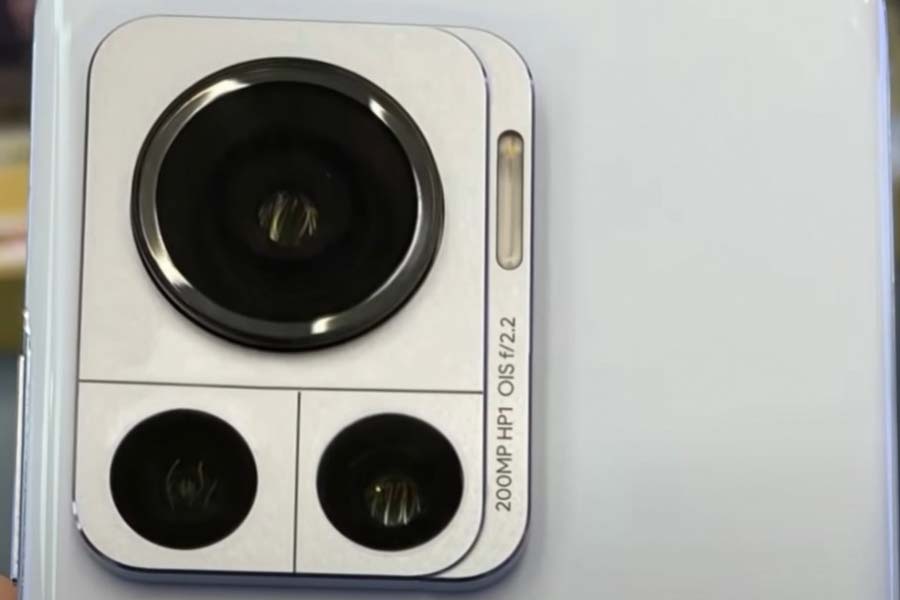
On the videography front, ISOCELL HP1 can shoot 8K videos at 30fps should the phone’s processor allow it. The phone also supports Optical Image Stabilization. As you can see in the pictures, the 200MP camera has resulted in a massive camera bump on the Moto X30 Pro.
It even raises higher than the other two sensors. Talking about the two sensors, one is a 12MP telephoto camera with 2x zoom and the other is a 50MP ultrawide. These are not as groundbreaking as the 200MP sensor, but impressive nonetheless.
The front camera has a 60MP sensor with 4-in-1 binning.
- Also Read:
125W Fast Charging
Moving on, the Moto X30 Pro is Motorola’s first phone to have 125W fast charging support. The power brick uses GaN technology and weighs around 130 grams. Besides that, the phone also supports 50W wireless charging.
Motorola claims that the mAh battery on the smartphone can go from 0% to 100% in just 19 minutes.
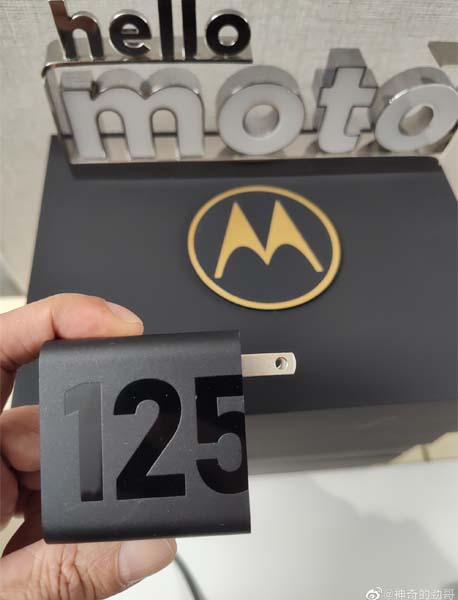
Snapdragon 8+ Gen 1
In terms of performance, the Moto X30 Pro features Qualcomm’s latest flagship chipset, Snapdragon 8+ Gen 1. It is a mid-year refresh of the Snapdragon 8 Gen 1 and is based on TSMC’s 4nm process.
There are two RAM configurations of the phone. The base variant has 8GB of RAM, whereas Motorola also offers a 12GB option. More so, the available storage options are 128GB, 256GB, and 512GB.
Design, Display
In terms of design, the phone features a familiar slab shape, a rectangular camera bump, and a curved display. Its back panel has a Motorola logo in the middle and bottom. The phone is available in 4 colors: blue, white, grey and black.
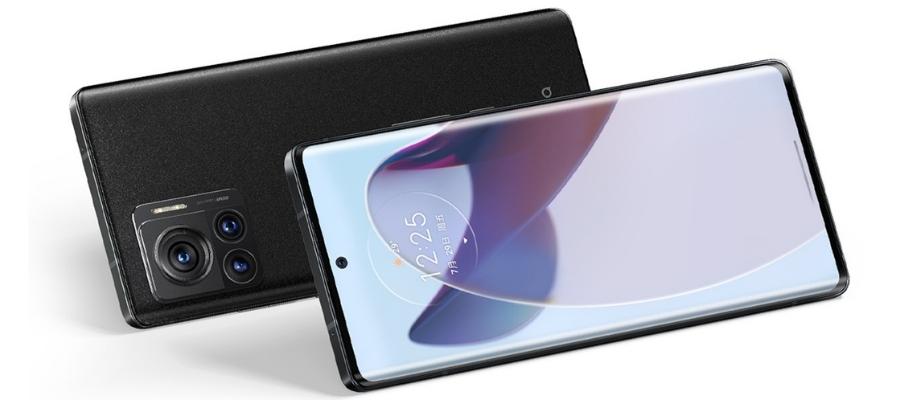
The smartphone brings a 6.7” FHD+ curved AMOLED screen with a 144Hz refresh rate. The 10-bit panel covers 100% DCI-P3 color gamut and supports HDR 10+ and DC dimming. It is rated for 1,250 nits peak brightness and offers a 1,500Hz touch sampling rate.
Motorola Moto X30 Pro Specifications:
- Display: 6.7″ FHD+ Curved AMOLED panel, 144Hz refresh rate, 100% DCI-P3, 10-bit color depth, HDR10+
- Chipset: Qualcomm Snapdragon 8+ Gen 1 (4nm)
- Memory: 8/12GB LPDDR5 RAM, 128/256/512GB UFS 3.1 storage
- Software & UI: Android 12 with MYUI 4.1 on top
- Rear Camera: Triple
– 200MP Samsung HP1 Primary, OIS
– 50MP Ultrawide
– 2x Telephoto - Front Camera: 60MP sensor (punch-hole cutout)
- Audio: Stereo speakers, Dolby Atmos
- Security: In-display fingerprint sensor, Face unlock
- Battery: 4700mAh, 125W wired charging, 50W wireless charging
Motorola Moto X30 Pro Price in Nepal
The base 8/128GB variant of the Motorola Moto X30 Pro retails for CNY 3,699 in China and goes all the way up to CNY 4,499 for the 12/512GB variant. We expect the price of Moto X30 Pro to start at NPR 78,599 if it makes its way to Nepal.
| Moto X30 Pro Variant | Price in China | Price in Nepal (Expected) |
| 8/128GB | CNY 3,699 | NPR 84,999 |
| 12/256GB | CNY 4,199 | NPR 88,999 |
| 12/512GB | CNY 4,499 | NPR 95,399 |
- Meanwhile, check out our unboxing of the Moto G82.
Oppo Band 2 goes official with an AMOLED screen, up to 14 days of battery
Oppo recently held an event in mainland China to launch a slew of AIoT accessories. One of them is the Oppo Band 2, the successor to the first-gen Oppo Band from 2020. So, let’s look at the specifications, features, availability, and expected price of the Oppo Band 2 in Nepal.
Oppo Band 2 Overview:
Design, Display
The new Oppo Band 2 features a 1.57-inch AMOLED display in a squarish design. The screen features a 2.5D protective coating and a peak brightness of 500 nits. You can personalize your watch by selecting from 200 different watch faces.
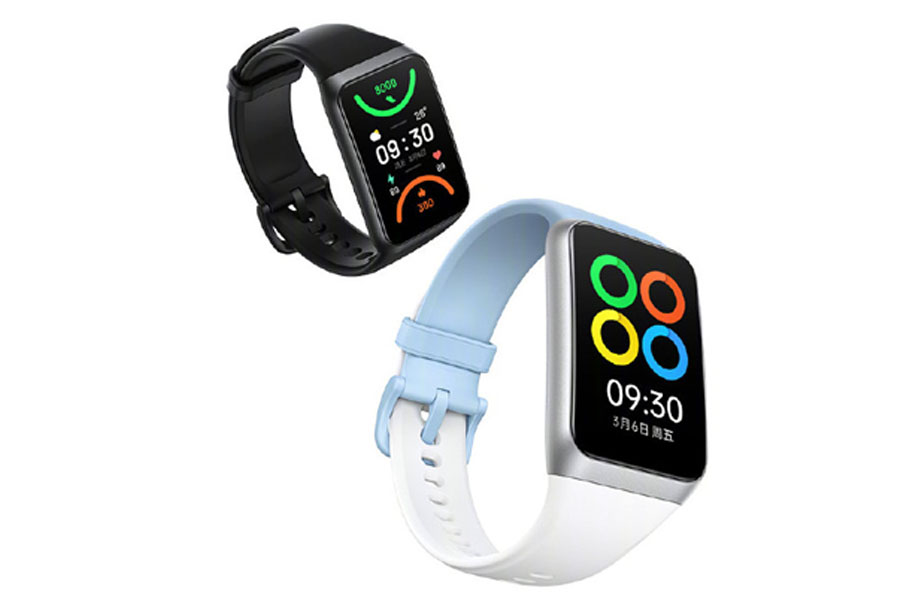
There is also an interesting feature called AI Wear Dial 2.0, which allows the users to match their band’s face with their apparel. This is also a lightweight band at just 33 grams of weight.
- Also Read:
Features
Furthermore, the company has stuffed the band with over 100 sports modes. Something distinctive about this tracker is Oppo’s ‘e-sports mode,’ which when activated sends all messages and alerts to the watch rather than your phone.
The Band 2 is also waterproof to 5 ATM and has a GPS module for route tracking via the tracker itself. Apart from that, it can easily assess your usual health indicators such as SpO2, heart rate, sleep tracking, and so on.
Rest of the specs
All of your operations are handled on the inside by an Apollo 3.5 chip paired with 8MB PSRRAM, and 128MB Nand storage.
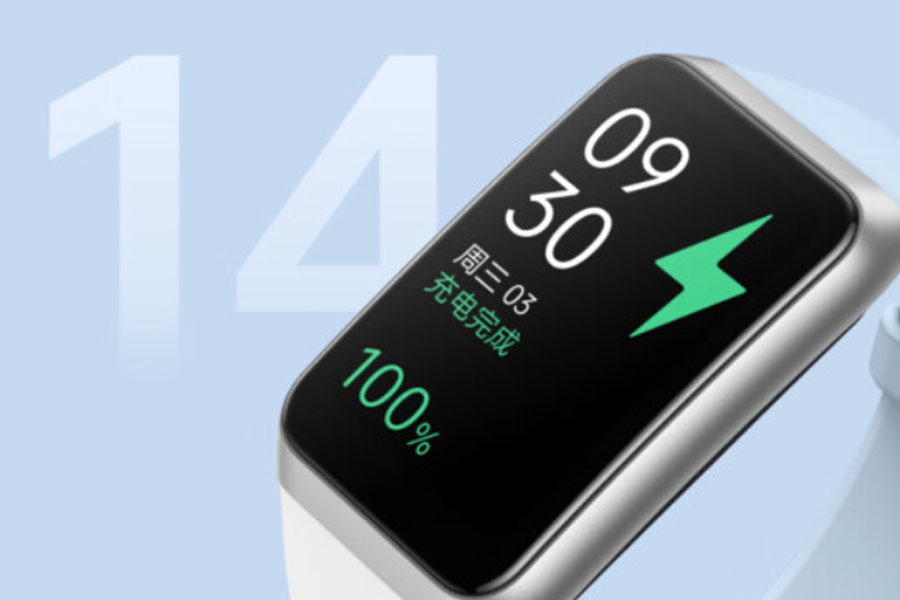
It is fueled by a 200mAh battery that can last up to 14 days. Magnetic quick charging is supported by the band. On the mainland, Band 2 also offers an NFC model that facilitates offline payments through Alipay and WeChat.
Oppo Band 2 Specifications:
- Display: 1.57-inch AMOLED, 2.5D glass protection
- Processor: Apollo 3.5
- Memory: 8MB PSRRAM, 128MB Nand storage
- Connectivity: NFC, Bluetooth 5.0
- Battery Capacity: 200mAh
- Battery Backup: up to 14 days
- Water-resistant: 5 ATM rating
- Sports mode: 100+, esports mode
Oppo Band 2 Price in Nepal and Availability
The Band 2 is already up for pre-order in China where the standard version retails at CNY 249. Whereas, the NFC model is slightly expensive at CNY 279. We expect the price of Oppo Band 2 to start at NPR 7,000, if and when it launches in Nepal.
| Oppo Band 2 Models | Price in China | Price in Nepal (Expected) |
| Standard | CNY 249 | NPR 7,000 |
| NFC | CNY 279 | NPR 7,500 |
- Meanwhile, check out our review of the Huawei Watch GT 3 Pro.
Oppo Watch 3 Pro becomes first wearable with Snapdragon W5, LTPO screen
Last month, Qualcomm launched the Snapdragon W5 series —the company’s latest flagship wearable platform. Yesterday, Oppo launched its Watch 3 Series smartwatches as the first wearables based on the new platform. So, let’s take a look at the specifications, features, expected price, and availability of the Oppo Watch 3 and 3 Pro in Nepal.
Oppo Watch 3 Series Overview:
Snapdragon W5
For starters, both the Oppo Watch 3 and Watch 3 Pro are powered by the vanilla Snapdragon W5. Technically, this makes them the first smartwatch based on the W5 series. However, the first smartwatch with the W5+ will be from Mobvoi.
To recall, the Snapdragon W5+ features an additional always-on co-processor that is missing on the standard W5. But it won’t be a problem for the Oppo Watch 3 series as the company has incorporated Ambiq’s Apollo 4 Plus co-processor instead.
Design
Except for some changes, the Oppo Watch 3 and 3 Pro retain the design of the last-gen Oppo Watch 2. We get rectangular AMOLED panels on both models. The one on the Pro model is fully curved and measures 1.91-inch diagonally. It even has LTPO technology with a maximum refresh rate of up to 60Hz.
The vanilla model features a smaller 1.75-inch non-LTPO AMOLED screen It matches the Pro model in pixel density.
The main frame of the Oppo Watch 3 and 3 Pro is made of aluminum while we get an LNP special glass fiber reinforced PC on the bottom. The Pro model even gets a mechanical crown made of stainless steel. The Watch 3 series even has a 3D glass cover for protection.
Oppo is offering two colorways for each smartwatch. The Pro model is available in Platinum Black and Desert Brown while the vanilla model replaces the latter with Feather Gold.
Health and Fitness Tracking
The Oppo Watch 3 Series features the basic health and fitness tracking you expect of a smartwatch. Both the Oppo Watch 3 and Watch 3 Pro can track your heart rate, continuous blood oxygen level, and sleep. Furthermore, you can even monitor the elasticity of your blood vessels in just 30 seconds.
For this, the watches come with an optical heart rate sensor, ECG sensor, and blood oxygen sensor. In addition, they can have a barometer, ambient light sensor, and an accelerator + gyro sensor.
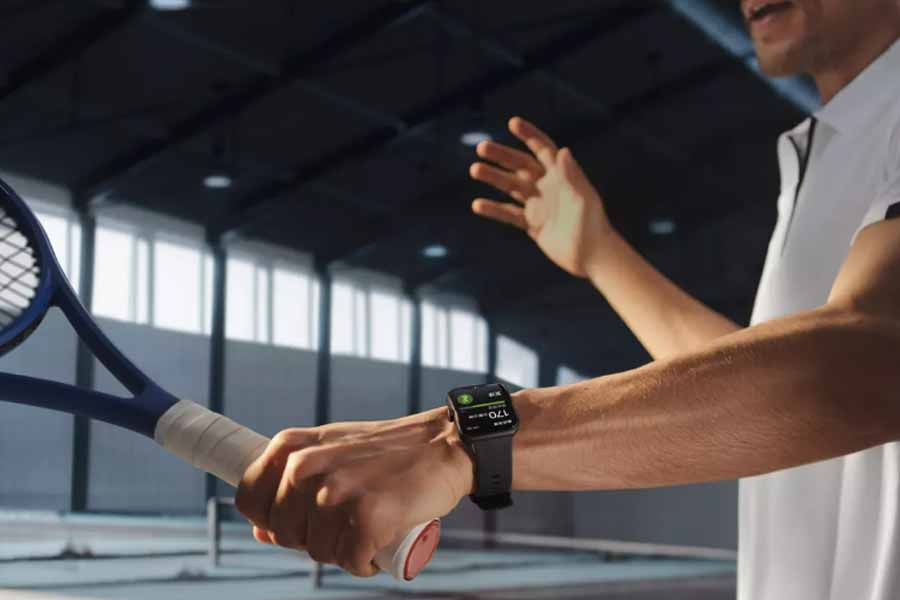
They even have a new Family Care Mode which tracks the health status of your family members. There is even a Healthy Pixie guide that tells users how healthy he/she is by visual representation of a cat.
The Oppo Watch 3 and Watch 3 Pro have over 100 different sports modes with automatic detection of 6 of them. Oppo also says to have improved posture detection (in sports like tennis) and improved heart rate detection in sports like running.
Smart Features
Oppo also revealed that it is working on a car app for the Watch 3 series. Once it is live, users will be able to start their vehicle, check battery percentage, turn on AC, and more using the Oppo Watch 3 and 3 Pro. These new watches even have built-in navigation, NFC for touchless payment, and even a voice assistant.
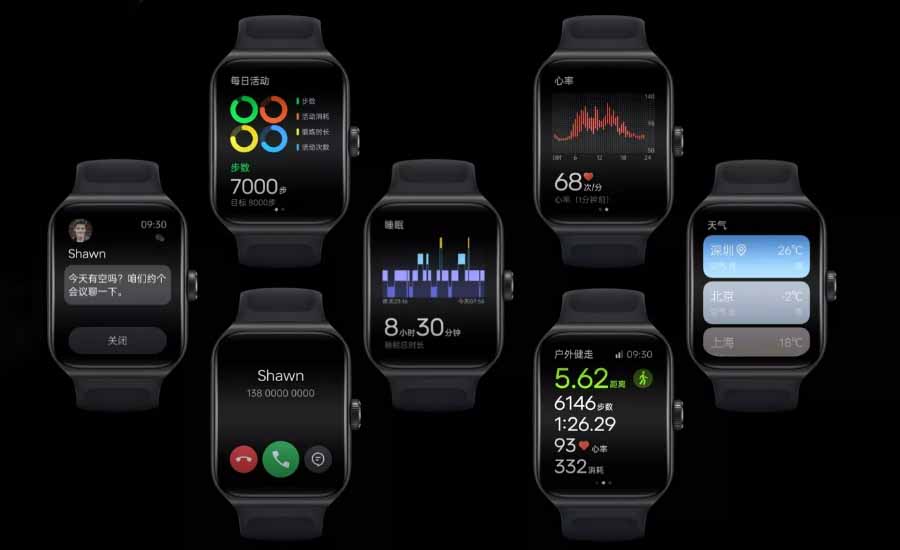
Battery and Charging
Oppo Watch 3 Pro features a 550mAh battery rated for 5 days of typical usage. On the other hand, the vanilla Oppo Watch 3 has a smaller 400mAh battery rated for just 4 days. Oppo Watch 3 series supports flash charge with 10 minutes of charging enough for a day’s worth of endurance. The full charging process takes around 65 minutes for the Pro and 60 minutes for the vanilla Oppo Watch 3.
| Oppo Watch 3 | Oppo Watch 3 Pro | |
| Dimensions | Aluminum frame, PC bottom
– 50.4 x 38.5 x 12.75mm |
Aluminum frame, PC bottom
– 43.0 x 37.0 x 11.65m |
| Water Resistance | 5ATM | |
| Color | Platinum Black, Desert Brown | Platinum Black, Feather Gold |
| Display | 1.91-inches full-curved | 1.75-inches |
| Resolution | 378 x496 pixels, 326PPI | 372*430 pixels, 326 PPI |
| Protection | C-Type 3D glass cover | 3D Glass cover |
| Properties | LTPO (up to 60Hz), Full curved | AMOLED with AoD |
| Processor | Snapdragon W5 + Apollo 4 Plus co-processor | |
| Memory | 1GB RAM + 32GB ROM | |
| Battery | 550mAh (up to 5 days) | 400mAh (up to 4 days) |
| Charging | Flash Charge (100% in 65 minutes) | Flash Charge (100% in 60 minutes) |
| Sports Mode | 1000+ (automatic detection for 6) | |
| Sensors | Acceleration Sensor + Gyro Sensor + Geomagnetic Sensor + Optical Heart Rate Sensor + Blood Oxygen Sensor + ECG Sensor + Ambient Light Sensor + Air Pressure Sensor | |
| Connectivity | Bluetooth 5.0, eSIM, NFC, GPS | |
| Compatibility | Android 6.0+, iOS 13.0+ | |
Oppo Watch 3 Series Price in Nepal and Availability (Expected)
The Oppo Watch 3 Series will go on sale in China from August 19. The price starts at CNY 1,499 and CNY 1,899 for the vanilla Watch 3 and Watch 3 Pro, respectively. If Oppo launches them in Nepal, we expect the price of Watch 3 and Watch 3 Pro to start at NPR and NPR, respectively.
| Oppo Watch 3 Series | Price in China (Official) | Price in Nepal (Expected) | |
| Watch 3 | Platinum Black | CNY 1,499 | NPR 32,000 |
| Feather Gold | CNY 1,599 | NPR 34,000 | |
| Watch 3 Pro | Platinum Black | CNY 1,899 | NPR 39,500 |
| Desert Brown | CNY 1,999 | NPR 41,500 | |
- Meanwhile, check out our review of the Huawei GT 3 Pro.
Garmin’s $1100 smartwatch offers solar charging, 150 hours battery life with GPS
Garmin has a cult-like following amongst professional endurance runners for its feature-packed rugged smartwatches. The company’s new Enduro 2 is yet another high-end wearable for such thrill seekers. This article will go through the Garmin Enduro 2, alongside its specs, features, availability, and price in Nepal.
Garmin Enduro 2 Overview:
Design, Display
Starting off with the watch’s design, the case is made up of fiber-reinforced polymer with a titanium rear and bezel. The rugged watch uses sapphire crystal over the display for maximized durability. The default band is made of nylon. However, Garmin also includes an additional silicone band inside the box.
The display on the Garmin Enduro 2 uses sunlight-visible, transflective memory-in-pixel (MIP) technology. This display uses low power and maintains contrast and visibility even in very bright environments as.
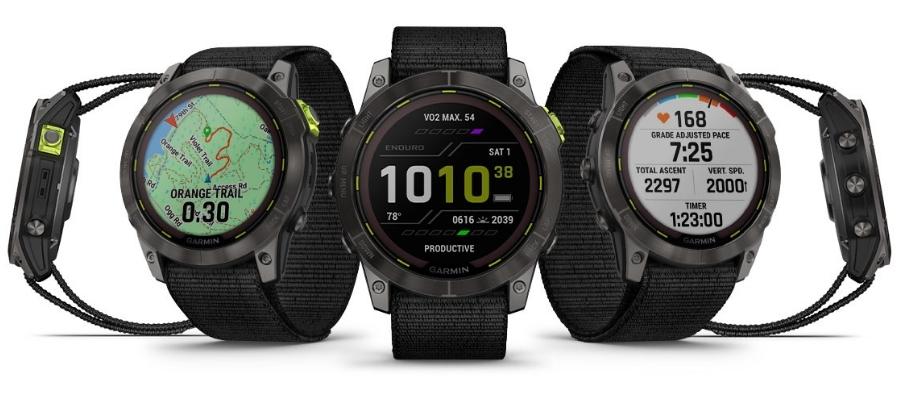
Furthermore, the screen has a 1.4″ diameter and 280×280 pixels resolution. Weighing only 70g with the band, this lightweight watch has 10ATM water resistance. Thus, it is a perfect companion for trail runners and endurance athletes.
- Also Read:
Features
The Garmin Enduro 2 is packed to the brim with features. It has onboard WiFi, Bluetooth, and ANT+ for connectivity. The watch has 32GB of in-built storage which can store up to 2,000 songs. It also supports third-party apps via Gramin’s Connect IQ Store.
The watch utilizes Garmin’s Elevate v4 heart rate sensor for a variety of health tracking features like heart rate monitoring, SpO2 tracking, and stress monitoring among others.
In terms of fitness/sports tracking, it has a race predictor, preloaded golf courses, topographical maps, grade-adjusted pace, running dynamics, and a lot more. Basically, the watch has features for all the mainstream sports and fitness activities under the sun.
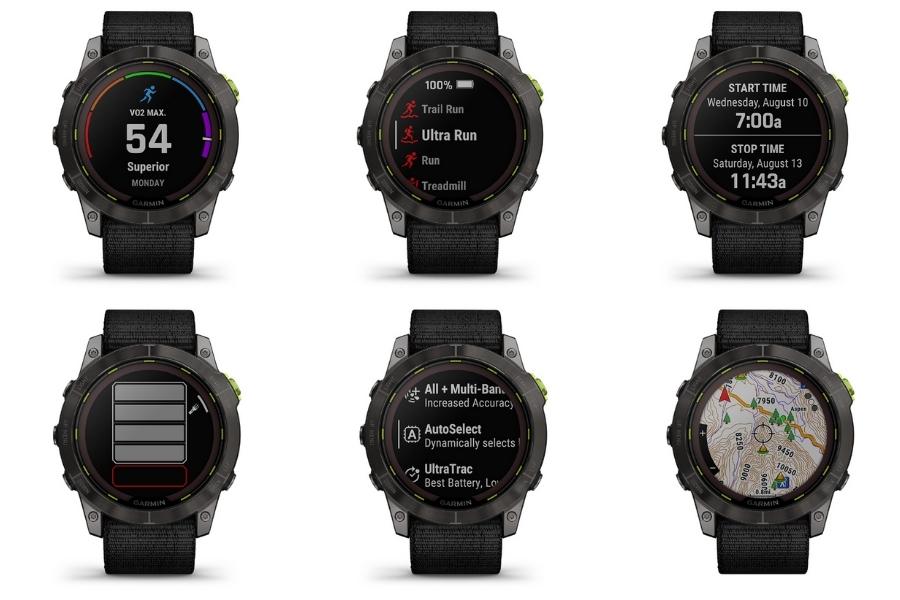
The smartwatch supports multi-band GPS and uses SATIQ technology in order to preserve battery life with power-efficient GPS selection.
Talking about battery life, Garmin claims 46 days of usage with the GPS off and 250 hours with the GPS on. However, these numbers are possible only with the solar charging turned on. Additionally, the watch can run up to 550 days on battery saver mode.
Garmin also includes a flashlight on the Garmin Enduro 2 for visibility in low-light conditions. Besides, the watch has a built-in altimeter, compass, thermometer, and accelerometer as well.
Garmin Enduro 2 Specifications:
- Weight: 70g
- Display: 1.4-inches transflective Memory-In-Pixel (MIP) panel
- Resolution: 280 x 280 pixels
- Strap: Nylon UltraFit strap
- Storage: 32GB
- Water Rating: 10 ATM
- GPS: Yes, Multi-GNSS support
- Companion App: Garmin Connect (Android | iOS)
- Battery Life: Up to 46 days with solar/GPS off, 150 hours with solar/GPS on, 550 days battery saver mode
Garmin Enduro 2 Price in Nepal and Availability
The Garmin Enduro 2 is listed for USD 1099.99 on the brand’s official website. It’s unlikely that the Garmin Enduro 2 will ever hit the Nepali market, but if it does, we expect its price to be NPR 160,000.
| Smartwatch | Price in the US | Price in Nepal (Expected) |
| Garmin Enduro 2 | USD 1,100 | NPR 160,000 |
- Meanwhile, check out our review of the Huawei GT 3 Pro.



